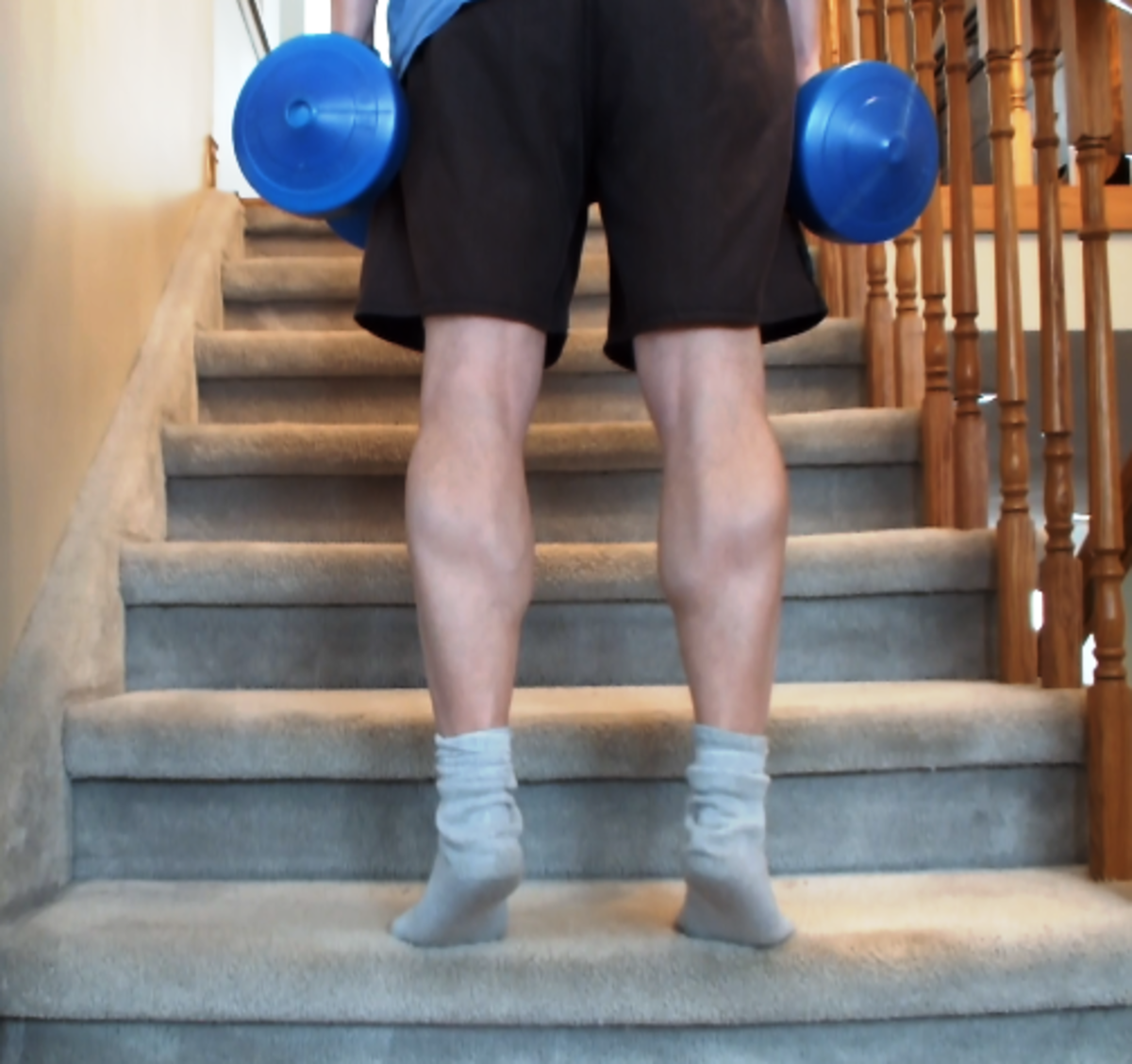How fit do I really need to be?

We know that exercise is good for our health, but how much exercise do we need to make a real difference? Is it necessary to spend four nights a week humping weights in the gym or will a daily 10-minute walk to the shops do the job? Your Body Weight has all the information you need to know - read it before you invest in a new pair of trainers.
Almost any exercise will make a difference
Exercising moderately for at least 30 minutes a day for five days a week is enough to provide major health benefits, according to the US Centers for Disease Control, the American College of Sports Medicine and The UK Health Education Authority. And the 30 minutes of exercise needn't be in one session - it can be accumulated throughout the day in chunks of at least 10 minutes.
'Moderate' exercise includes walking fast or briskly, swimming, table tennis, golf, dancing, heavy DIY (e.g. mixing cement), digging the garden and heavy housework - in fact, virtually anything that raises the heartbeat and leaves you feeling slightly warm and out-of-breath.
If you do nothing else, get walking. Fast walking helps with the metabolic risk factors for heart disease, reduces the risk of developing diabetes and helps people avoid weight gain. A study of male postal workers, people who spend a lot of time walking, found that their risk of dying from any cause between the ages of 20 and 74 is about one-third less than the average for all men.
Step it up
Moderate exercise is healthier than no exercise but regular vigorous exercise is better still. In fact, anybody who wants to get fitter should be aiming for two or three continuous and vigorous 20-30 minute aerobic workouts each week. This level of exercise - which includes squash, running, football, fast cycling, tennis and aerobics - provides the optimum health benefits. It should, ideally, be accompanied by additional strength and stretching exercises.
A long-term study of over 17,300 men in the USA has found that the more energy a man expends each week in vigorous physical aerobic activity, the less likely he is to die prematurely from any cause. The risk of death is one quarter lower among men who burn off 1500 or more calories a week in vigorous exercise compared to those using fewer than 150 calories.
But don't overdo it
The more exercise you do, the healthier you become - up to a point. While 35-45 minutes of moderate exercise tends to boost immunity, three hours of exertion reduces immune system effectiveness for at least 6-9 hours after the workout. If you run 60 or more miles a week, moreover, your risk of illness is about double that of someone running fewer than 20 miles.
And finally
.... Only one-third of adult men are moderately active on a regular basis and just one in ten are vigorously active. Since an inactive lifestyle is linked to an increased risk of heart disease, stroke, diabetes, colon cancer, osteoporosis, anxiety, depression, memory loss and low self-esteem, too many of us are missing out on a cheap and reliable health benefit which, if it were a drug, would almost certainly be in far greater demand than Viagra.
Fortunately, however, it's never too late to start. A study of almost 10,000 men aged 20-82 found that those who were judged unfit at two medical examinations about five years apart had the highest death rate and men who were physically fit at both examinations had the lowest. But what's particularly significant is that men who changed from being unfit to fit between the two examinations reduced their risk of dying by 44% compared to those men who remained unfit.
Are you exercising hard enough?
To be sure of good health benefits from your aerobic exercise, you need to be working at the right level. Some fitness experts recommend exercise at different levels of heart rate; others prefer an easier-to-use method based on a simple scale of how hard the exercise feels. A scale of 0-10 is widely used:
How Hard Does it Feel?
| Level
|
|---|---|
Nothing At All
| 0
|
Very Very Light
| 0.5
|
Very Light
| 1
|
Light
| 2
|
Moderate
| 3
|
Somewhat Heavy
| 4
|
Heavy
| 5-6
|
Very Heavy
| 7-9
|
Very Very Heavy
| 10
|
If you are new to exercise, you should start with moderate-intensity exercise at level 3. As you become fitter, steadily increase your effort until you're working out vigorously at levels 6-8.








